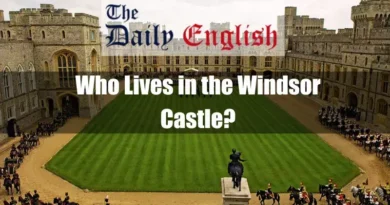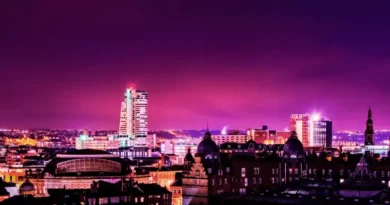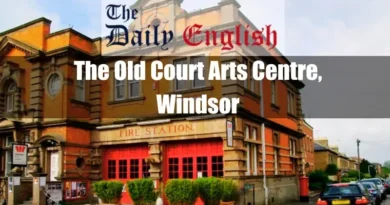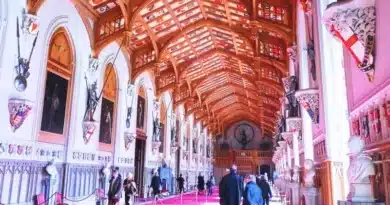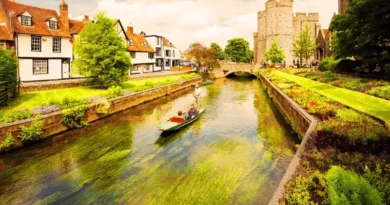How Did King Charles Get to Windsor Castle?
Introduction
In early July 2023, the world witnessed another emblematic display of British royal tradition. King Charles III visited Windsor Castle to meet with U.S. President Joe Biden. While the grandeur of Windsor Castle is a constant, how the King arrived—via helicopter—marks a subtle yet significant adaptation of royal customs to modern demands. This article delves into the intricate details surrounding this event, exploring the historical backdrop, the reasons behind the chosen mode of transport, and the broader implications for today’s monarchy.
Historical Context of Royal Transport
The British monarchy is steeped in tradition, and how its members travel has long been a symbol of their status and the times. From the opulent horse-drawn carriages that once paraded through the streets of London to the royal train, which has been in operation since the mid-19th century, royal transport has always been a subject of fascination. These methods reflected the technological advancements of their respective eras and underscored the importance of the royal family’s public image.
As the world transitioned into the 20th and 21st centuries, so did the monarchy’s approach to travel. Helicopters, with their ability to navigate the often congested urban and rural landscapes of the U.K., have become a practical and symbolic tool for modern royals. They represent the balance between maintaining a connection to the public and the necessity of ensuring security and efficiency in an ever-evolving world.
The Event: King Charles’s Journey to Windsor Castle
On July 10, 2023, King Charles III’s arrival at Windsor Castle via helicopter was a moment that blended the old with the new. The helicopter landed gracefully within the castle’s grounds, an image captured and broadcasted by numerous media outlets, signifying the blending of tradition with modern convenience. This event was not just a routine royal engagement; it was a meeting of historical and contemporary significance, where the British monarch met with the President of the United States.
The choice of helicopter as a means of transport was likely influenced by several factors, including time efficiency, security considerations, and the symbolic nature of the event. The helicopter allowed King Charles to make a timely arrival at Windsor Castle, avoiding the potential delays and risks associated with road travel. This mode of transport also provided a visually striking arrival, reinforcing the regal nature of the occasion.
Modern Royal Protocols for Transportation
In the contemporary era, the British monarchy operates under a complex set of protocols designed to ensure the safety and dignity of its members while adapting to the demands of modern life. Helicopter travel, though not without its logistical challenges, has become a key component of these protocols, especially for high-profile events. Using helicopters allows for quick, secure, and discreet transportation, which is essential for maintaining the tight schedules often associated with royal duties.
This mode of transport also aligns with the monarchy’s broader efforts to modernise and remain relevant in a rapidly changing world. By embracing such technologies, the royal family can continue fulfilling their duties while projecting an image of adaptability and resilience.
The Role of Windsor Castle in Contemporary Royal Duties
Windsor Castle, one of the most iconic royal residences, has long been a symbol of the British monarchy’s enduring presence. Historically, it has served as a fortress, a royal residence, and a venue for state occasions. In recent years, it has also become a key location for diplomatic engagements, reflecting its ongoing significance in royal affairs.
Under King Charles III’s reign, Windsor Castle is pivotal in the monarchy’s activities. The King’s decision to host President Biden at Windsor underscores the castle’s status as a site of both historical importance and contemporary relevance. This meeting, set against Windsor’s ancient walls, served as a reminder of the monarchy’s ability to bridge the past and the present.
Conclusion
King Charles III’s journey to Windsor Castle in July 2023, though seemingly routine, was a moment that encapsulated the evolving nature of the British monarchy. Using a helicopter, the King demonstrated a commitment to modernity while honouring the traditions that have long defined the royal family. As the monarchy continues to navigate the challenges of the 21st century, events like this serve as a reminder of its ability to adapt and thrive in an ever-changing world.




